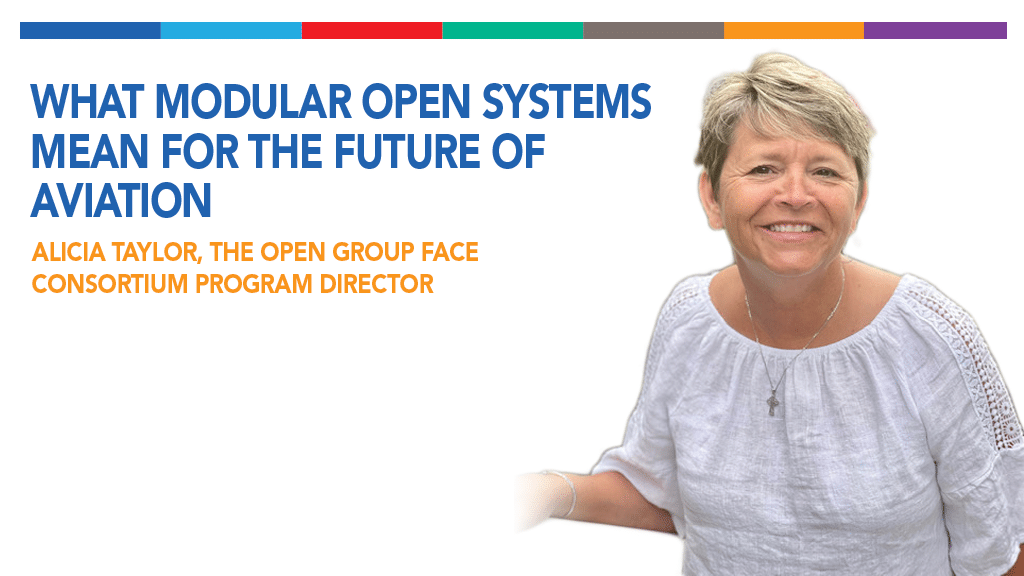On January 7, 2019, the Secretaries of the United States Navy, Air Force, and Army distributed a short co-signed memorandum entitled ‘Modular Open Systems Approaches for our Weapons Systems is a Warfighting Imperative.’ In four short paragraphs, the memo committed to a strategic direction for procurement which will have consequences on how the world’s largest military operates for decades to come — and shift at a fundamental level how some of the world’s most complex, mission-critical systems are designed and operated.
To understand why, one first needs to put the Modular Open Systems Approach, or MOSA, into context. For many years, the U.S. enjoyed an almost uncontested superiority in the sophistication of its military, consistently investing to maintain a technological edge over competitors. Increasingly, however, two key trends have threatened that status.
First, the continual growth in capability has been matched by a growth in technological complexity and, ultimately, cost, with the outcome that developing, maintaining and operating future generations of military infrastructure will be unaffordable on current projections. Second, the growing friction involved in developing new technology at that cutting edge has allowed the emergence of ‘near-peer’ competitors operating with capabilities comparable to the U.S. military.
In the mid-Nineties, these pressures famously led to a directive to favor commercial off-the-shelf technologies, or COTS, wherever possible. This meant that, rather than developing bespoke solutions to fulfil needs on each new project, military procurement should aim to incorporate pre-existing solutions and reuse commercially developed technologies across different projects.
Integrating COTS
The initiative to adopt COTS has, by many people’s estimations, delivered significant positive results. It has shifted defense thinking and spurred new go-to-market strategies for military contractors and suppliers in ways that have enabled continued improvements at manageable investment levels.
It has also become clearer, however, that sourcing physical technology is just one small part of the overall equation. In fact, increasing computerization of both COTS offerings and bespoke solutions means that, by some estimates, software now comprises some 80-90% of the functionality delivered by a military platform. This work of integrating and operating infrastructure on a software level, of course, is subject to the same kind of growth in difficulty that hardware was in the traditional, bespoke approach.
In a sense, then, COTS has only postponed, not forestalled, a crisis of complexity and cost for military systems: in enabling affordable digitalization, it has moved the goalposts to a different stage of research and development.
Enter MOSA. In the same way that COTS encourages reuse of technology to make cutting-edge options affordable to implement, MOSA enables software-based configuration and integration to be shared across multiple platforms. To illustrate with an example: the most traditional approach would develop aircraft survivability equipment like missile detectors and signal jammers for each new vehicle type; COTS would select an existing best-in-class option for that equipment and integrate it with bespoke software into each vehicle type; and MOSA will either select from pre-existing approaches to equipment integration or create integrations which can later be reused.
Enabling MOSA
This is a compelling vision for modularity and portability, but making that vision a reality is perhaps less intuitive as a proposition than the catalog of technology which COTS implies. This is where the ‘open standards’ aspect of MOSA is important: in order to reuse software in this way, there first needs to be a shared understanding of how hardware is addressed and how hardware and software relate to overall platforms.
The 2019 memo indeed mentions several of the class-leading standardization initiatives which are making this possible, including Sensor Open Systems Architecture (SOSA)and Future Airborne Capability Environment (FACE).
As consortia hosted by The Open Group, these standards are being developed in a collaborative industry and end-user environment which follows a well-tested methodology to find consensus and accelerate standards development. As a result, they are among the most mature elements of the emerging MOSA ecosystem, with certified conformant FACE applications now available for use. Adoption of the FACE software standards and business strategies addresses all five principles of MOSA. This maturity has also led to an expansion in scope, with the FACE Consortium recently announcing that it is broadening its membership eligibility to organizations from Australia, Canada, New Zealand, and the United Kingdom.
As ever in military technology development, the lessons learned as we pursue MOSA will cast a long shadow for related industries: its vital role in delivering effective innovation will set a standard for better collaboration and accelerated adoption in highly complex, critical systems.
